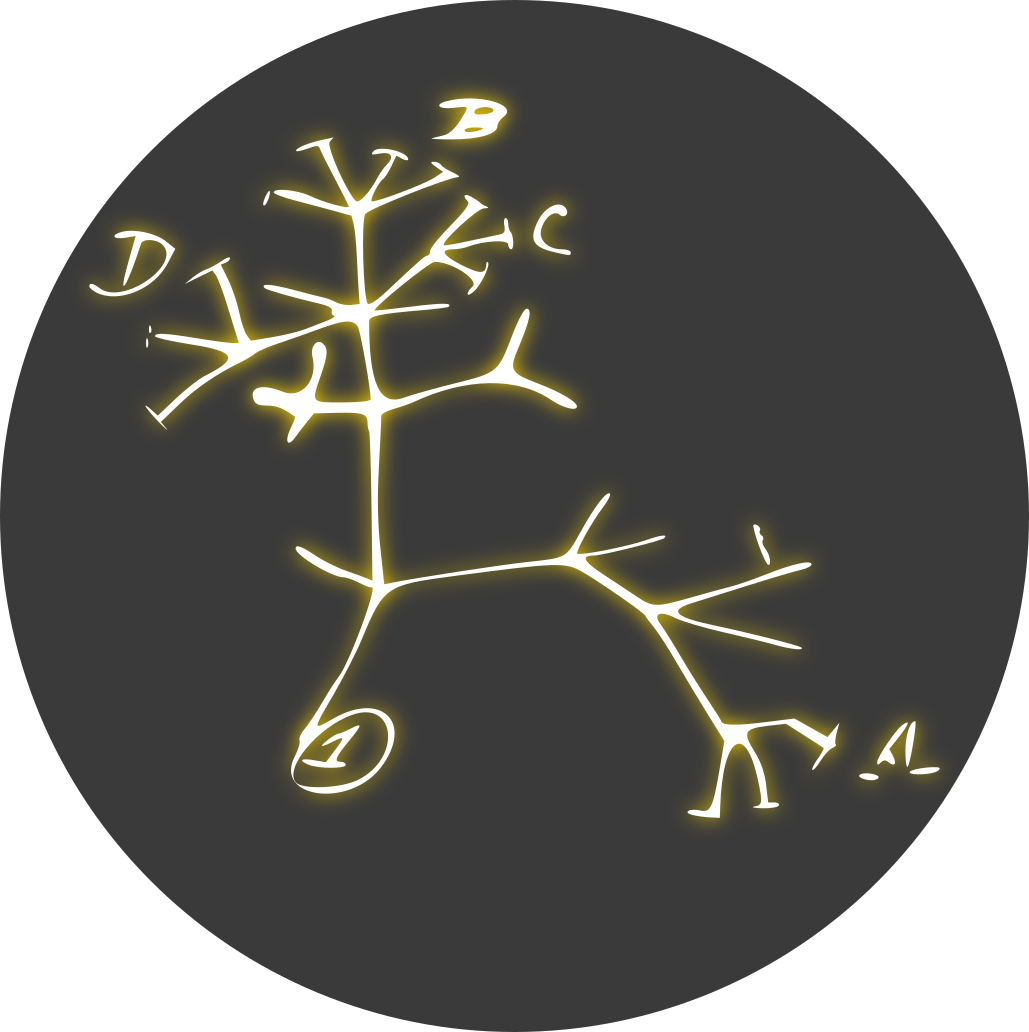Great. Just make sure these flies don’t get out into the wild. Last time we managed somethibg similar, we got several movies out of it.
I had the same thought honestly
The offspring of a virgin birth are not exact clones of their mother but are genetically very similar, and are always female.
What’s the source of the difference?
I’m no biologist, but asexual reproduction is the first and oldest form. I’ll wager there’s a mechanism to introduce a small number of random mutations in the code.
For stuff like bacteria, they can engage in lateral gene transfer, where they swap genetic material with each other (almost sex, but not really), uptake and then express genertic material found in the environment (this is used in labs to get microbes to make proteins and stuff for us), and/or incorporate genetic material spread by viruses or other vectors into their genes.
Idk if any of the above mechanisms apply to the fly in the article, but there is also some gene-crossing that happens when we make sex cells. The “legs” of a chromosome can swap sections between them, leading to a gametes that would be different from the parent chromosome when recombined (this is one of the mechanisms for genetic variation between siblings). There are also mutations that happen naturally, which can be passed from parent to “clone”-child.
If I recall correctly, the RNA exchanged between bacteria is not typically merged into the main RNA code, but remains a separate loop.
We should look at how protists and yeasts and the like reproduce, as they are unicellular eukaryotes. My knowledge of that is very basic though.
Praise be to the Jesus Fly



